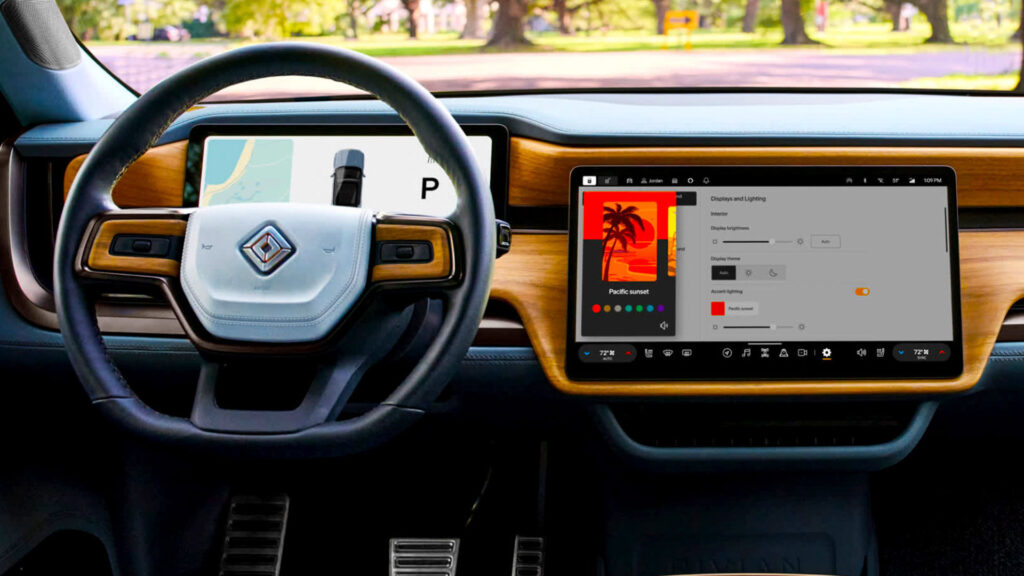Rivian is Developing a Steering System Without a Physical Connection to the Wheels
Rivian is working on its own vehicle steering system that will not require a physical connection between the steering wheel and the wheels. The project manager responsible will coordinate development, interaction with suppliers, and quality control. This technology has already proven its reliability in aviation and offers a number of advantages, including flexibility in steering tuning.
Most modern cars, with the exception of the Tesla Cybertruck and Nio ET9, still use a mechanical connection between the steering wheel and the wheels. Rivian plans to introduce its own version of steer-by-wire, which, according to the company, will be a key technology for future models.
Why Are Manufacturers Interested in Steer-by-Wire?
Steer-by-wire allows for a reduction in engineering complexities associated with layout and provides variable steering ratios. For example, in the Tesla Cybertruck, the system analyzes the driver’s actions and adjusts the wheel turning angle depending on speed. So far, the technology has demonstrated stable operation, and its reliability is confirmed by a decade of use in aviation.
Although the exact timeline for the appearance of steer-by-wire in Rivian’s production cars is not yet known, it is expected to happen no sooner than in a year or two. The company is already looking for a project manager who will be responsible for all stages—from development to communication with investors. The implementation of such a system could significantly change the electric vehicle market, offering drivers a new level of control and comfort.


 by
by 
